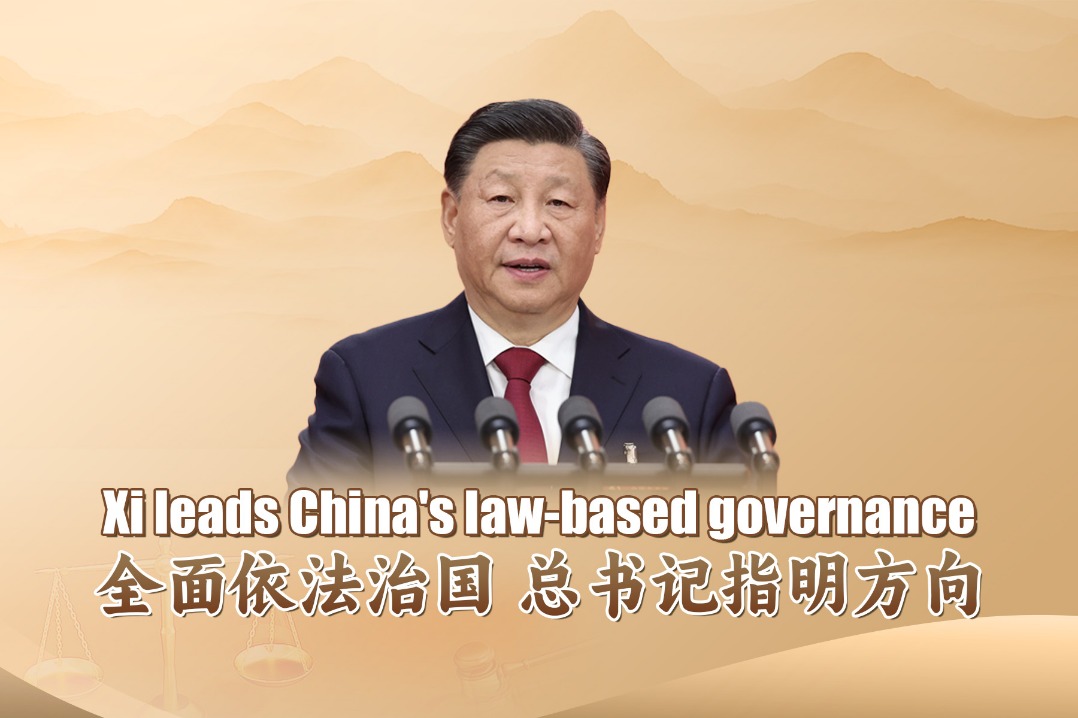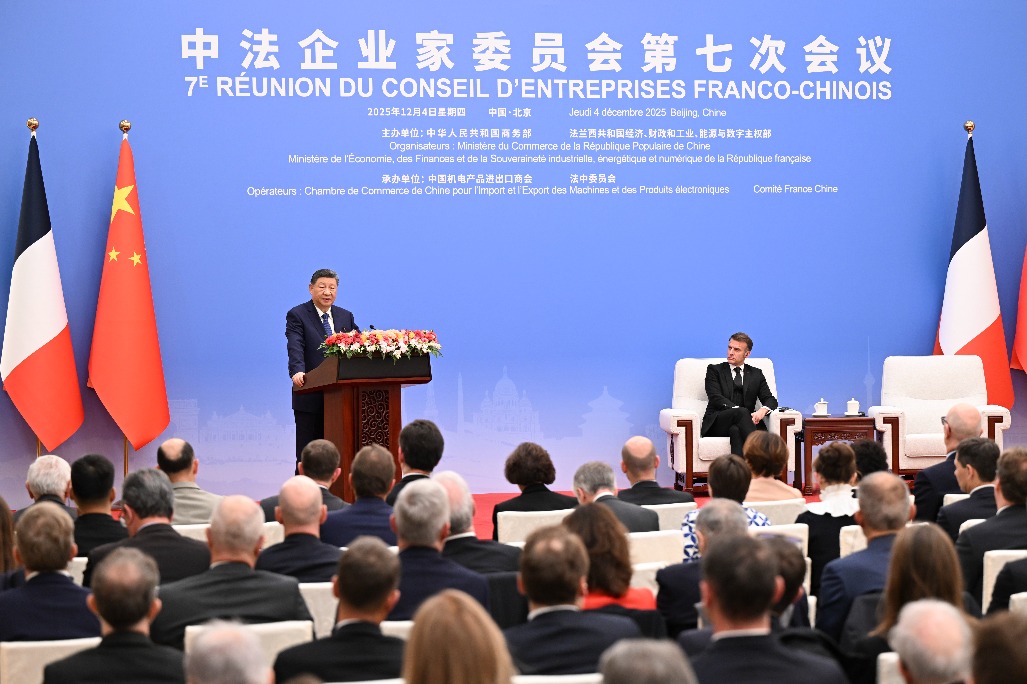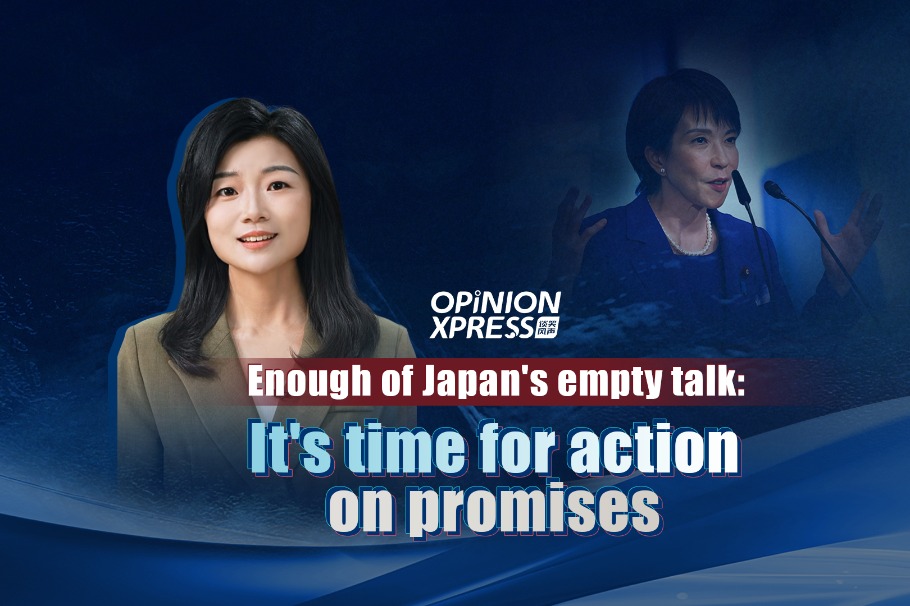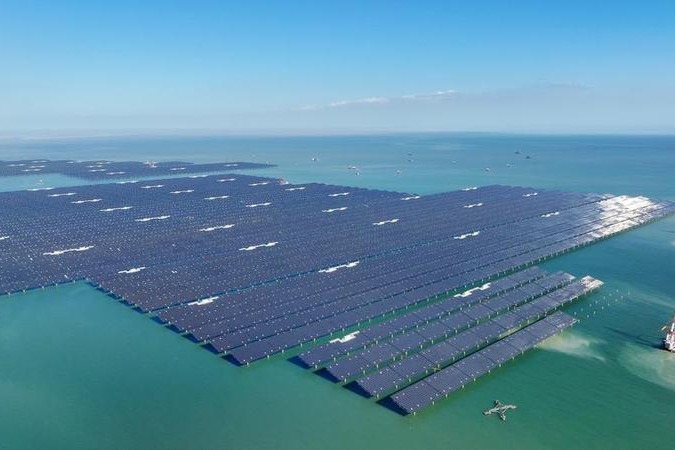Fiscal, monetary policies key to recovery

Fiscal policy-along with monetary measures-are expected to play key roles in helping the Chinese economy get past the COVID-19 shock.
As the pandemic dealt a double blow on economic and financial fronts, the international community has largely reached a consensus: The global economy is heading for a recession this year, the degree of which may be as deep as the 2008-09 financial crisis, if not worse.
Central banks and fiscal authorities around the world have rushed to put in place a series of measures to cushion the impact. The moves have ignited discussion about what the appropriate roles of fiscal and monetary policies are amid this unprecedented shock and how they should coordinate with each other.
We believe that for China, proactive fiscal policy should dominate, while monetary policy may be of secondary importance.
A recent top-level meeting that decided to issue new special sovereign bonds-the first time since 2007-to raise the budget deficit ratio and to bolster the scale of local government special bonds may have indicated this path going forward.
The basic logic is that the pandemic is an external shock in nature, not a cyclical or structural factor. Therefore, policy focus should be on accurately cushioning induced losses and preserving the basis for economic recovery. Solely relying on demand stimuli or counter-cyclical adjustments would be useless.
As fiscal policy targets the real economy more directly, it should be more effective in dealing with the downside risks at present. The primary objective of proactive policy should be improving people's living standards and bailing out hard-hit businesses.
On the one hand, fiscal steps must be taken to stabilize earnings of low-income individuals and those seriously hit by the pandemic, thus unleashing domestic consumption potential.
Domestic consumption has recovered of late, but at a weaker-than-expected pace. This is partly because the lingering risks of imported and asymptomatic cases have prompted many contagion containment measures to be continued. For example, many companies still require their employees to work at home.
To expedite a consumption recovery, the authorities may consider raising the earnings threshold of individual income taxation from 5,000 yuan ($708) to 6,000 yuan per person per month, while offering consumption vouchers to low-income individuals and residents in the hardest-hit Hubei province.
These measures matter as the low-income group are the most inclined to consume upon income increases, but have seen their pay battered by the epidemic.
On the other hand, ramping up fiscal support to help businesses, especially small businesses, ride out their difficulties is also crucial. Whether companies can survive and resume their supply capacity to levels prior to the outbreak depends on whether the economy can register a brisk recovery.
Further tax and fee reductions, such as tax rebates and rental payment exemptions, can be taken into consideration. Encouraging policy banks, funded by the government, to directly lend to small businesses together with commercial banks-and share credit risks-should also be looked into.
Apart from easing contagion-related difficulties faced by individuals and corporates, fiscal policy will also serve as a backbone to bolster investment, mainly in infrastructure.
So-called new infrastructure construction, or infrastructure projects in high-tech fields such as 5G networks, the industrial internet and data centers, has recently attracted public attention. The projects are expected to benefit both short-term economic stability and long-term industrial upgrading. Yet the narrative may not be as ideal as it sounds.
5G is at the heart of new infrastructure. By 2026, the investment scale related to 5G is expected to amount to 1.15 trillion yuan in China, with nearly 230 billion yuan to be invested in 2020. This amount is too small to fill the gap in demand caused by the epidemic.
Therefore, it may be advisable to incorporate projects of government digitalization into the basket of infrastructure construction. Moreover, investment in traditional infrastructure should also be boosted.
Though contrary to intuition, specific kinds of traditional infrastructure are still in short supply in some regions. Investing in those areas has relatively high-return prospects.
For instance, the housing supply in big cities is insufficient given the large-scale migration from rural areas and citizens' strong demand for improving housing quality. Therefore, investments in constructing rental housing and revamping old communities should be promoted.
Similarly, public health, eldercare and the transport system in urban clusters deserve more public infrastructure investment.
All the above measures will help cushion weakening external demand and preserve the supply capacity of China's industrial sector.
Preemptive fiscal measures can also buffer the shocks of a potential breakdown in the global industrial chain. Such measures include encouraging domestic production of critical parts reliant on imports, and attracting foreign manufacturers to China that can supplement the country's industrial chain.
The country has assumed greater attractiveness as a destination of direct investment as it has made headway in epidemic containment and resumption of production ahead of other economies. More favorable tax policies will reinforce this advantage.
In short, the nation does have a long list of fiscal or quasi-fiscal measures this year to stabilize the economy. Based on our fiscal deficit estimate, China may register an annual economic growth of about 3 percent. Albeit slow, this growth rate could make China the only major economy that records positive growth this year.
As proactive fiscal policy is stepped up, monetary policy is expected to be highly flexible so as to create an enabling environment for the former.
The key will be ensuring an ample liquidity level at both the market and corporate levels via measures like raising the potency of open market operations, further reducing the amount of cash that commercial banks must keep as reserve and supporting treasury purchases.
Meanwhile, retaining a prudent stance when it comes to boosting the money supply is still sensible, as the future of the global pandemic remains highly uncertain. It is important to preserve policy room for worst-case scenarios and prevent high inflation in the global liquidity overflow in the post-pandemic era.
Last but not least, China should further promote the international coordination of macroeconomic policy to avoid an international financial crisis from breaking out, especially in terms of helping the hardest-hit economies.
The article is based on the summary of discussions at a recent seminar of the China Finance 40 Forum, a non-governmental think tank. <span class="author-status">Yang Yuemin is a research fellow with the CF40. </span>
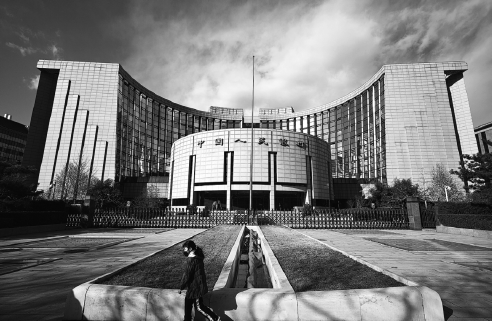
Today's Top News
- Tokyo urged to specify its past commitments
- Cooperation conducive to steadying progress in China-France partnership: China Daily editorial
- Shenzhou XXI crew set for first extravehicular activities
- Xi, Macron attend China-France Business Council meeting
- China expected to prioritize boosting consumption and domestic demand in 2026, expert says
- Xi, Macron jointly meet press

















